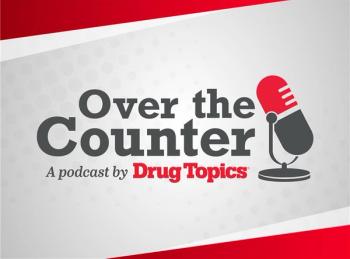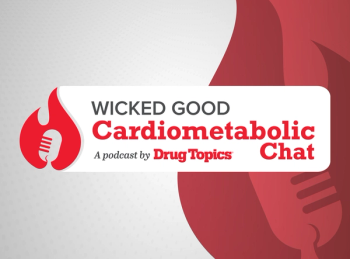
Vaccination of 3 Or More Doses Reduces Incidence of COVID-19 Symptoms for Young Adults
A study shows young adults with 3 or more COVID-19 vaccine doses experience fewer symptoms, emphasizing vaccination's critical role in public health.
Young adults—aged 16 to 35 years—who received 3 or more doses of the COVID-19 vaccine had a lower incidence of symptoms, including headache and olfactory reduction, according to results of a study published in BMC Infectious Diseases. Investigators said that the results highlight the importance of vaccination to reduce the severity of COVID-19 symptoms.1
"Our study highlights that vaccination status, particularly with 3 or more doses, is associated with reduced incidence of symptoms such as headache and olfactory reduction in young adults,” the study authors said. “These findings highlight the critical role of vaccination among young adults in reducing the severity of COVID-19 symptoms and offer important insights for shaping future public health strategies and vaccine policies.”
Although COVID-19 is primarily known for respiratory symptoms, there have been reports of headache from the infection, which can range from mild to severe and may continue after all other symptoms have resolved. It is possible that inflammation from the virus can lead to pressure and throbbing in the head, which can cause the intense pressure around the temples and behind the eyes. Sometimes the headaches are accompanied by sharp and throbbing pain, and, in some cases, the headaches can result in migraine-like symptoms such as sensitivity to light and sound, nausea, and visual disturbances.2
In addition to COVID headaches, one of the most common symptoms reported by patients is a loss of sense of smell, which can significantly impact a patient’s quality of life. In a study investigating the impact of olfactory dysfunction, investigators found that being fully or partially vaccinated did offer protection against loss of smell compared with being unvaccinated. Additionally, olfactory training can improve the sense of smell.3
In the current study, investigators surveyed young adults to determine if there was a link between vaccination status and COVID-19 infection and symptoms. In total, they included 751 individuals between December 20 and 23, 2022, in Tianjin, China. The survey contained 7 parts, including basic information, infection status, symptoms, medical treatment and care, recovery status, underlying diseases and vaccination, and information about co-residents. The median age of the surveyed population was 21 years, and approximately 55.83% of the overall population acquired COVID-19. Approximately 33.25% of patients with COVID-19 were male. Furthermore, patients in the 20-to-22-year age range had significantly higher rates of infection compared with other age groups.1
Of the 412 patients with a COVID-19 infection, only 4.85% of patients reported having no symptoms. Patients who had 3 or more doses of a vaccine had significantly lower incidences of headache or olfactory reduction or loss compared with patients who received 2 or fewer vaccine doses. Furthermore, patients who had vaccination less than 6 months or more than 12 months prior had a higher incidence of fatigue compared with patients who were vaccinated 7 to 12 months prior. Inversely, patients in the less than 6 months or more than 12 months vaccination groups had lower incidence of vomiting compared with patients who were vaccinated 7 to 12 months prior.1
“Our study uncovered a significant statistical correlation between the time elapsed since the last vaccination and the occurrence of fatigue and vomiting,” the study authors wrote. “Specifically, fatigue became more intense with a longer interval, while vomiting symptoms lessened. This ties in with the time-dependent immune response of vaccines and resonates with global research outcomes on how post-vaccination symptoms evolve over time.”
READ MORE:
Are you ready to elevate your pharmacy practice? Sign up today for our
REFERENCES
1. Zhao W, Lu X, Yan Y, Xie L, Yan S. Association between vaccination status and clinical characteristics among young adults infected with COVID-19. BMC Infect Dis. 2025;25(1):1321. Published 2025 Oct 14. doi:10.1186/s12879-025-11652-5
2. New England Institute for Neurology and Headache. What everyone needs to know about COVID headaches. December 21, 2024. Accessed October 15, 2025. https://www.neinh.com/post/what-everyone-needs-to-know-about-covid-headaches
3. Alarfaj AA, Aldrweesh AK, Aldoughan AF, Alarfaj SM, Alabdulqader FK, Alyahya KA. Olfactory Dysfunction following COVID-19 and the Potential Benefits of Olfactory Training. J Clin Med. 2023;12(14):4761. Published 2023 Jul 18. doi:10.3390/jcm12144761
Newsletter
Pharmacy practice is always changing. Stay ahead of the curve with the Drug Topics newsletter and get the latest drug information, industry trends, and patient care tips.






































































































































